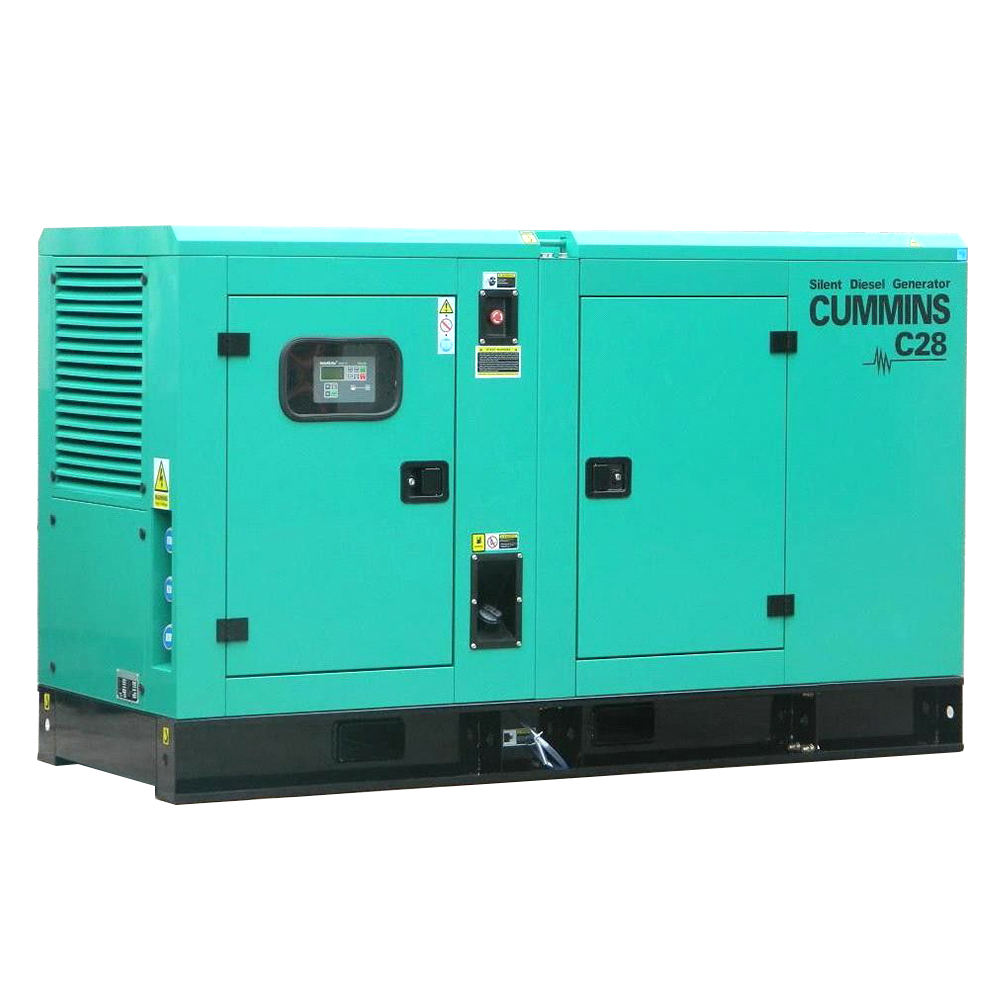The Importance of Emission Control
As it turns out, diesel generator sets are a significant source of air pollution, emitting harmful substances such as nitrogen oxides (NOx), particulate matter (PM), and carbon monoxide (CO). To address this issue, various emission reduction technologies have been developed. In this article, we will explore the most effective solutions for minimizing diesel generator emissions and improving air quality.
Diesel Oxidation Catalyst (DOC)
A diesel oxidation catalyst is a simple and cost-effective emission control system that works by converting harmful gases into less harmful ones. When exhaust gases pass through the catalyst, carbon monoxide and hydrocarbons are oxidized into carbon dioxide and water. Diesel oxidation catalysts can reduce CO emissions by up to 90% and hydrocarbon emissions by up to 50%.
Diesel Particulate Filter (DPF)
Particulate matter is a major concern when it comes to diesel engine emissions. Diesel particulate filters are designed to trap and remove these tiny particles from the exhaust stream. There are two main types of DPFs: ceramic wall-flow filters and cordierite wall-flow filters. By installing a diesel particulate filter, you can achieve up to 99% reduction in PM emissions.
Selective Catalytic Reduction (SCR)
Selective catalytic reduction is an advanced emission control technology that targets NOx emissions. SCR systems inject a urea-based solution, called diesel exhaust fluid (DEF), into the exhaust stream. The DEF reacts with NOx on a catalyst, converting it into harmless nitrogen and water vapor. SCR systems can reduce NOx emissions by up to 90%, making them an essential component for modern diesel generator sets.
Combining Emission Reduction Technologies
To achieve the most significant emission reductions, it's often necessary to combine multiple technologies. For example, using a diesel oxidation catalyst in conjunction with a diesel particulate filter and selective catalytic reduction system can result in near-zero emissions for diesel generator sets. By investing in these emission control solutions, you can minimize your carbon footprint and contribute to a cleaner, healthier environment.
Practical Applications and Considerations
Conclusion
In conclusion, diesel generator sets can significantly impact air quality due to their emissions. By implementing advanced emission reduction technologies such as diesel oxidation catalysts, diesel particulate filters, and selective catalytic reduction systems, you can minimize your diesel generator's environmental impact and contribute to a cleaner, healthier planet. So, what are you waiting for? Take the first step towards cleaner energy production today!





